Search
Search Results

Article
Museums in the Ancient Mediterranean
Museums have been around much longer than one might think, but in the ancient world, they were principally institutions of research and learning rather than places to display artworks and artefacts, even if they were often located in grand...
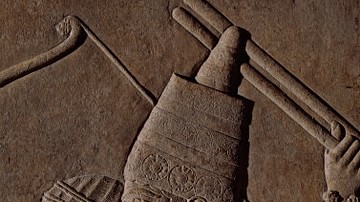
Definition
Ashurbanipal
Ashurbanipal (r. 668-627 BCE, also known as Assurbanipal) was the last of the great kings of Assyria. His name means "the god Ashur is creator of an heir" and he was the son of King Esarhaddon of the Neo-Assyrian Empire. In the Hebrew Tanakh...
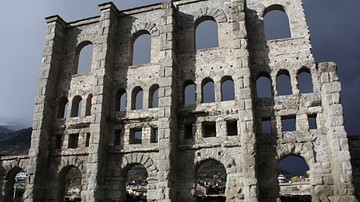
Collection
The Architecture of Ancient Rome
Roman architecture was nothing if not eclectic. From ingenious underfloor heating to gravity-defying arches, the Romans added to the Classical repertoire such grandiose structures as the triumphal arch, basilica, amphitheatre, and city tower...
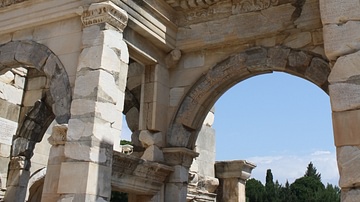
Image
Agora Gate, Ephesos
The Mazeus-Mithridates Gate, consisting of three arched entrances, led from the library of Celsus to the Roman Agora of Ephesos. It was built by and named after two emancipated slaves of emperor Augustus in 4 or 3 BCE, who dedicated the gate...
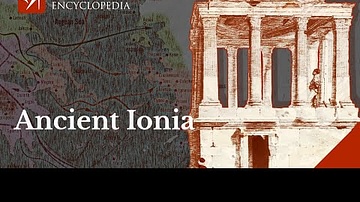
Video
The Birthplace of Western Philosophy - History of Ionia
Did you know that ancient Ionia was the birthplace of Western philosophy and science? This video is all about the fascinating region of ancient Ionia, the birthplace of Western philosophy, science, the Ionic Order of architecture, and the...
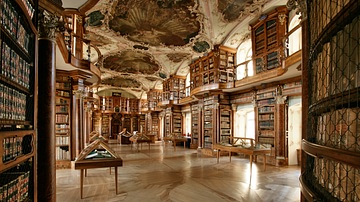
Interview
Interview: Early Medieval Irish Book Art
Early medieval Irish book art is both beautiful and fascinating. It reflects a flourishing monastic culture which played a key role in the cultural development of Europe from the 6th to 9th centuries CE. Nowhere is this more clearly illustrated...
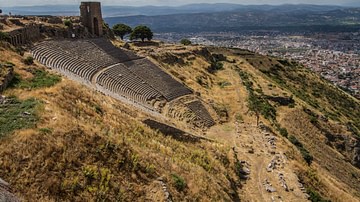
Definition
Pergamon
Pergamon (also Pergamum) was a major intellectual and cultural center in Mysia (northwest Asia Minor, modern-day Turkey) which flourished under the Attalid Dynasty (281-133 BCE) during the Hellenistic Period. It was the capital of the Kingdom...
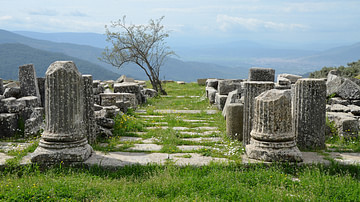
Article
Top 10 Archaeological Sites in Caria, Turkey
Located at the crossroads of many ancient civilizations, Turkey is a haven for archaeology lovers. Over the centuries, a succession of empires and kingdoms – Hittite, Lydian, Persian, Greek, Roman, Byzantine and, finally, Ottoman – ruled...
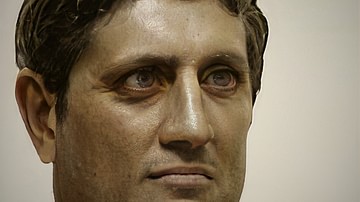
Definition
Ptolemy II Philadelphus
Ptolemy II Philadelphus ("The Sibling Loving", r. 282-246 BCE) was the second ruler of the Ptolemaic Dynasty. He consolidated the kingdom conquered by his father Ptolemy I and presided over its golden age. Ptolemy II invested heavily in Alexandria...

Definition
Roman Science
The Romans assimilated earlier Greek science for their own purposes, evaluating and then accepting or rejecting that which was most useful, much as they did in other fields such as warfare, art, and theatre. This assimilation of Greek thought...